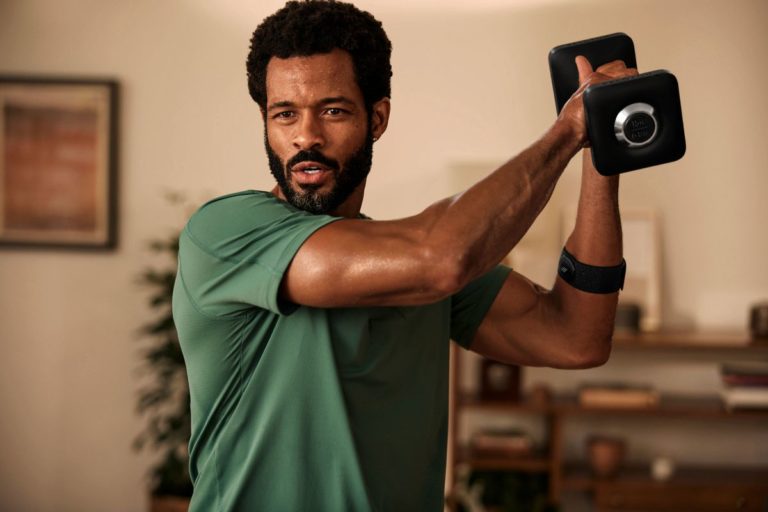Between ClassPass, Peloton, Planet Fitness, and countless on-demand options, the fitness industry is booming — but Americans are more likely to be obese today than ever before.
Fitness spending
- The US fitness industry is the most lucrative in the world, bringing in $32.3B in 2019.
- From fitness classes and footwear to tech, Americans spent $265B on physical activity in 2018.
Obesity rates
- Presently, 39% (more than 93M Americans) are obese.
- By 2030, researchers expect the number will climb to ~50%.
The problem: Spending doesn’t translate to sweating — the US ranks 143rd globally when it comes to engaging in physical activity. And even if it did, exercise alone won’t eliminate obesity.
The big picture: From fitness to food and healthcare to wellness, complexity has replaced common sense. By failing to address the underlying causes of obesity, and with incentives misaligned across the board, we seem to be moving further away from a solution.
The Great Fitness Scam
Writing for Outside Magazine, Brad Stulberg points out the growing complexity at the heart of the health and fitness industry: “One reason people make things complex is so they can sell them.” Instead of looking to intricate solutions, like AI-powered tech or expensive equipment, Stulberg advocates for simplicity: “Move your body often, sometimes hard, every bit counts.”
The Western Diet
Health gurus make nutrition seem impossibly complex, slyly selling us their solution. Similarly, Big Food is complicit in the rouse. Having identified the bliss point, they engineer food to be intentionally addictive. In this case, the overly-simplified, unsexy solution to an industrialized food system comes from Michael Pollan’s: “Eat food, not too much, mostly plants.”
The Wellness Industrial Complex
As we’ve covered at great length, wellness is a mesmerizing combination of medicine, magic, and marketing. While the pursuit of well-being sounds promising, a lot of what passes for wellness amounts to expensive, celebrity-backed pseudoscience. In reality, the more you have to pay for wellness, the less likely it is to make you well.
Sick Care
Like fitness, the US spends more on healthcare than any other nation — expenditures have surpassed $3.6T or 17% of GDP. Here, again, spending is not positively correlated with outcomes. From chronic disease to infant mortality and life expectancy to drug-related deaths, the US ranks towards the bottom when measuring actual health.
And that’s to say nothing of key contributors to obesity like lack of sleep, burnout and stress, or mental health.
What Works vs. What Sells
From biohacking and longevity science to wearables and smartphone apps, complicated and expensive solutions overshadow the importance of living a healthy lifestyle. The American consumer is encouraged to overthink it, but it’s fairly straightforward.
- Adopting healthy lifestyle behaviors, like regular exercise, eating a wholesome diet, and not smoking can increase lifespan by 11 years.
- Maintaining a healthy lifestyle has also been shown to reduce the chance of all-cause mortality by 61%.
Going deeper: As the Global Wellness Institute (GWI) points out, the discrepancy between spending and outcomes in the US represents a sharp divide between the “haves and the have-nots.” According to GWI Chair and CEO Susie Ellis, brands like Peloton, SoulCycle, and CrossFit are selling “more ‘product’ to the same individuals and not introducing more people to fitness.”
A GWI report goes on to say that the US is actually discouraging participation in physical activity by failing to provide adequate sidewalks, bike lanes, youth sports programs, and inclusive exercise culture. As a result, in the US, fitness has become a privilege, not a right.
Reality Check
To be clear, personal responsibility is part of the equation. And individuals must prioritize their health. But what does it say about the broader industry that the majority of people find it more difficult than not to make healthy choices?
Putting the consumer aside, then, should fitness and wellness companies be expected to deliver on the promise of better health and well-being, or are we only accountable to a PnL and shareholder interests?
While it’s easy to get lost in the echo chamber of fitness unicorns, celebrity wellness empires, high-end amenities, and high-tech solutions, maybe it’s time we champion simplicity, affordability, increasing access, and sustainable, long-term behavior change. Worst case, maybe these two paths intersect.




